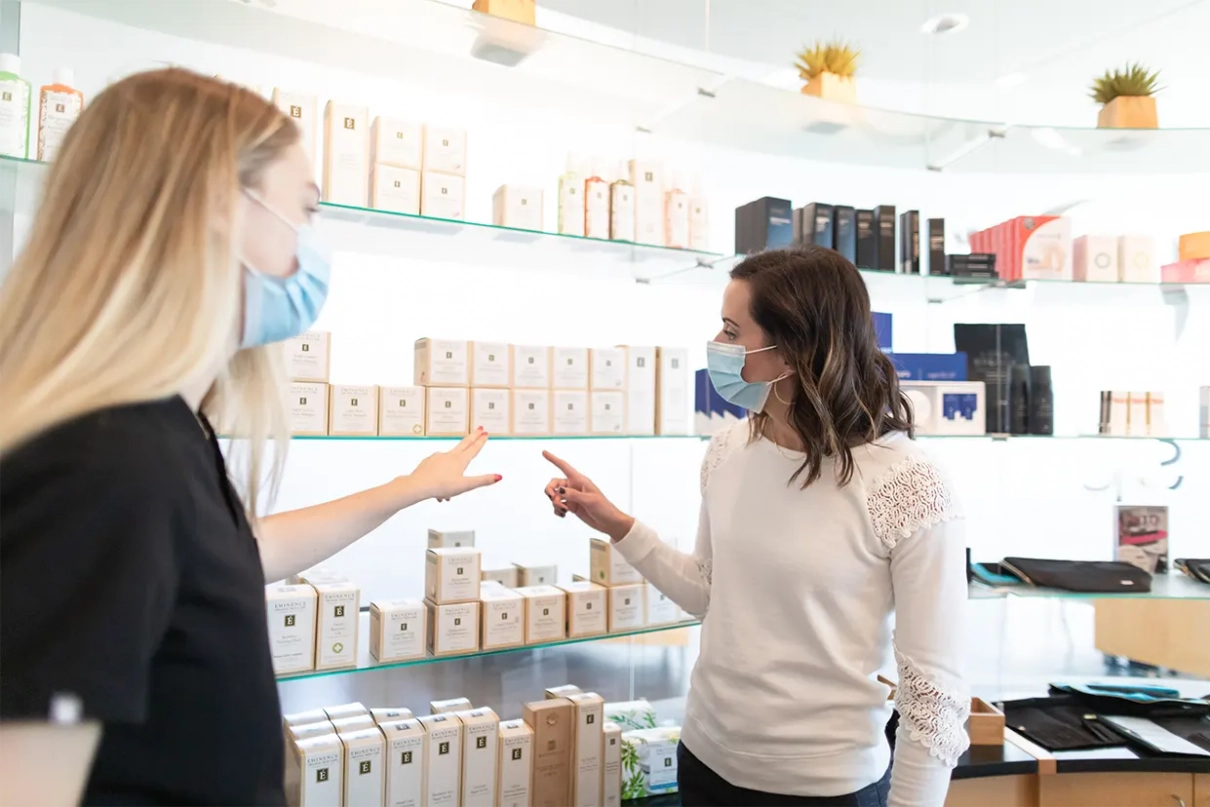AHAs and BHAs: What’s the Difference?
Exfoliants are even more important as we age because our skin doesn’t shed dead cells as efficiently, leaving us with less glow. (If there’s anything Kalon’s team can’t allow, it’s less glow!)
One way to refresh your glow is with exfoliants. Two common ones are alpha hydroxy acid (AHA) and beta hydroxy acid (BHA). How do you choose between the two? First, the very basic way to decide:
- AHAs are best for those with dry skin.
- BHAs are best for those with oily skin.
However, like most skin care ingredients, AHAs and BHAs are backed by plenty of science worth considering. Both acids get rid of dead skin cells without the gritty formulas that usually come to mind, and that can be a good thing as AHAs and BHAs can target specific skin troubles in a way scrubs aren’t always able to.
AHAs come from sugar cane or other plants and are sometimes referred to as “fruit acids.” They benefit both the outer and inner layer of skin, promote collagen production, and can reduce signs of sun damage. (Yes, you still need sunscreen!)
BHAs, on the other hand, are used most widely for acne and work on the outer layer of skin and inside pores. The most recognizable BHA — salicylic acid — and its counterparts are oil-soluble, meaning they work well on normal to oily skin prone to clogged pores and blemishes. BHAs are calming and gentle on sensitive skin.
Want to get really fancy? Combine BHAs and AHAs. Many products already do, but test carefully to avoid reactions. Visit Kalon’s retail boutique to find AHAs, BHAs, and more to achieve a well-rounded skincare routine.
